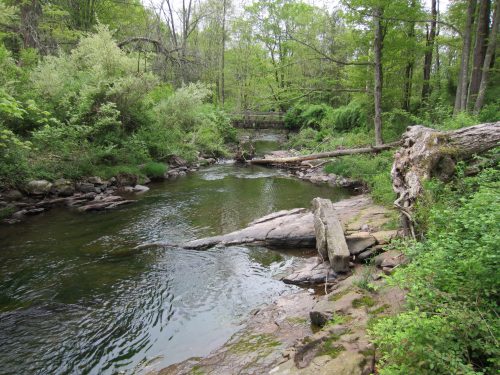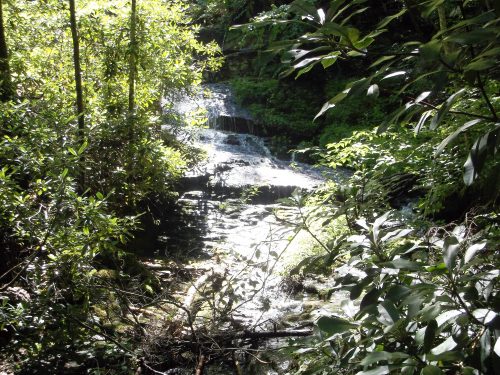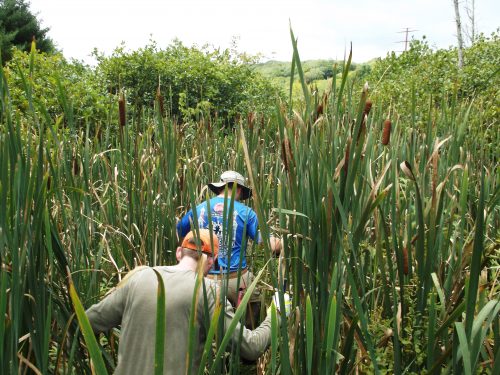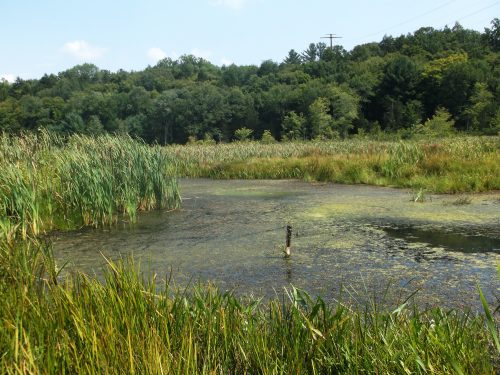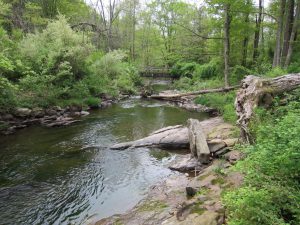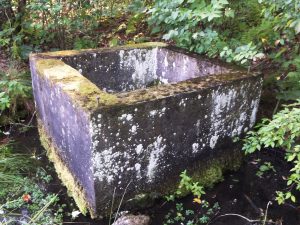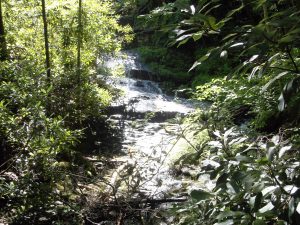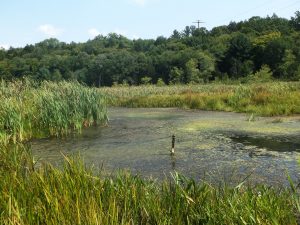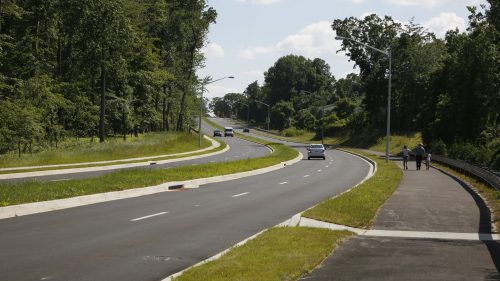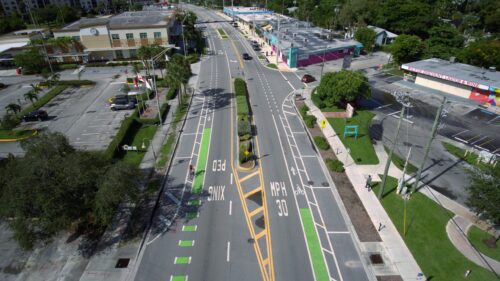Watergate and Arnott Fen Compensatory Wetland Mitigation
Watergate and Arnott Fen Compensatory Wetland Mitigation
JMT provided compensatory mitigation services to the National Park Service (NPS) to replace aquatic structures, processes, and functions that impacted wetland and stream resources at the Delaware Water Gap National Recreation Area (DEWA) in two states. The project was in two diverse and sensitive sites within the DEWA – one in Pennsylvania, the other in New Jersey – and was part of a $66-million compensatory mitigation package funded by Pennsylvania Power and Light Electric Utilities and the Public Service Electric and Gas Company. These projects marked the largest wetland and stream restoration projects being managed by NPS service-wide, and the first NPS ecosystem restoration projects designed with climate resiliency in mind.
The project included stream restoration and wetland restoration design, which mitigated impacts associated with the Susquehanna to Roseland electric transmission line. The design restored essential habitat for rare, threatened, and critically endangered species, and supported cultural resource investigations along with permitting, modeling, and NEPA evaluations. As a key component of each project, JMT proposed removing historic impacts from road building, dam construction, and agriculture/deforestation, which allowed ecosystems to self-form and become stable.
Located in Pennsylvania, the Arnott Fen site restored approximately two acres of prime habitat. Historically, this area has been the home of multiple highly-sensitive and rare species. Restoration at the site focused on removing an internal road that disrupted the hydrology of the larger system. JMT collected data to determine the appropriate design methodologies to restore species-specific habitats, and naturalize historic impacts.
The Watergate site is in the New Jersey portion of DEWA along Van Campens Brook, one of the highest quality brook trout and wood turtle watersheds in the state. Previous owners installed numerous dams and associated ponds, which limited the passage of aquatic organisms and altered the site’s topography and hydrologic regime. Additionally, deforestation and agriculture impacted the site with accumulated sediment and buried historic floodplain wetlands. The improvements to Watergate included restoring fish passage to Van Campens Brook by removing the remaining intact pieces of dams, enabling brook trout populations to freely move through the reach for the first time since the dams were installed. The design also reconnected Van Campens Brook to the floodplain, creating opportunities for wetland creation and habitat improvements, wood turtle foraging, and nesting locations over a 60-acre footprint.
